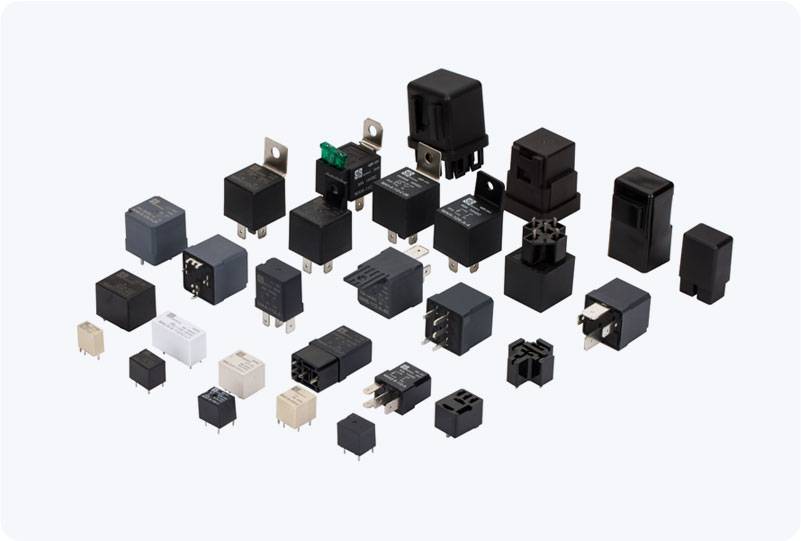A Time Delay Relay (TDR) is an essential device in modern control systems that helps to manage the timing of electrical circuits by introducing a delay before the circuit’s state changes. These relays are widely used in industrial, commercial, and household applications to control the timing of actions based on specific delay settings. Understanding the function, working principles, and applications of time delay relays can significantly enhance system reliability and efficiency.

What is a Time Delay Relay? A Time Delay Relay is an electromechanical device designed to delay the activation or deactivation of an electrical circuit. This relay works by incorporating a delay feature that ensures the system’s output does not change immediately when the input condition is met. Time Delay Relays are most commonly used to delay the start or stop of motors, lights, heating systems, and alarms, among other devices. These relays typically have adjustable time settings that allow the user to configure the delay period according to the specific requirements of the system. The delay time can range from milliseconds to several minutes, depending on the type and design of the relay. The relay ensures that any action triggered by an electrical signal is postponed for a defined time period before being executed.
Leave a Reply